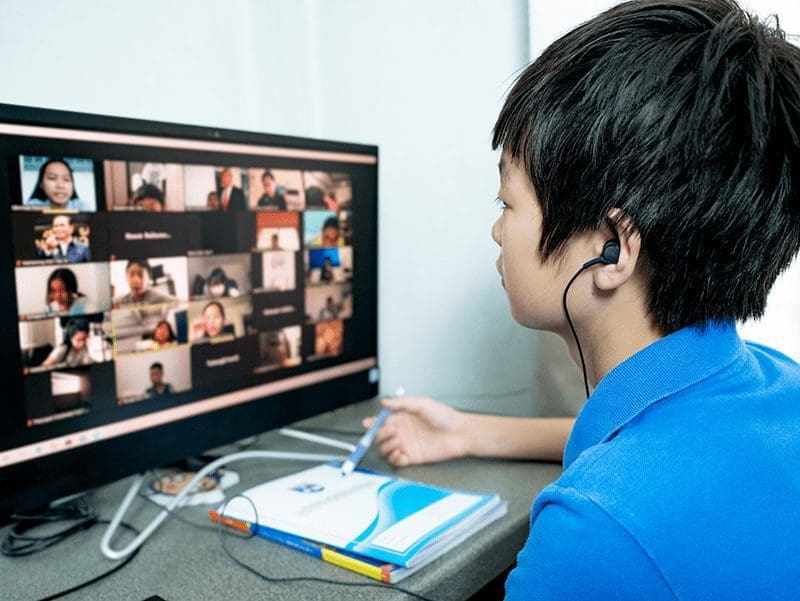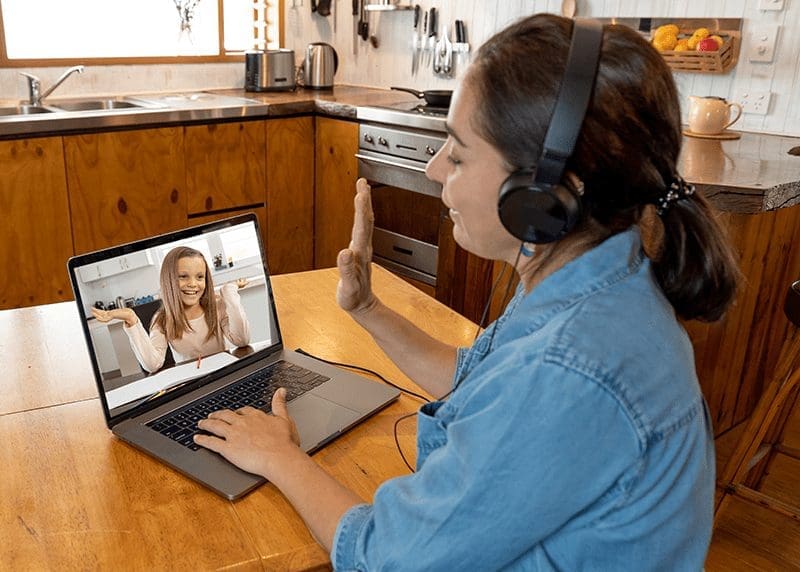
The Key to Motivating Students
Surrendering the One Up –
The X-factor for Motivating Students
Thank you for attending our webinar on “How to Motivate the Unmotivated Student” As a thank you we would like to share some strategies with you from our full WhyTry program toolkit that can help you to connect with students in a virtual environment. We have a special introductory price offer for webinar attendees. You can get your own subscription to the full WhyTry Program along with training at a fraction of the normal price, to help you get started using WhyTry in your school. To find out more, schedule a demo with one of our program directors and your administrator.
Surrendering the One-Up in a Virtual Setting

I know your name – Use individual students’ names as often as possible. Try to make time to email, text, chat, video conference, or phone individual students and thank them for contributing to a discussion or completing an assignment. If you’re sending an email or sending a note, you could use the same “thank you note” template and simply change the name.
They are all A and B students – At the beginning of each class or as part of your introduction to the course, say something like, “All I see in this class are A and B students,” and then treat them accordingly until they prove otherwise. This is kind of like a self-fulfilling prophecy. Often when we give them expectations and treat them accordingly, they rise to the occasion. Sometimes students are labeled negatively so
often that they feel like they are already failing before the semester begins. It can be refreshing for a student to be labeled in a positive way.
Show and tell – Incorporate your own personal stories and information about yourself into your lessons. This helps students get to know you and feel that you are approachable. When you share information about yourself, you are inviting the youth into your world. This often makes it easier for them to let you into their world.

Have I got something for you – While it’s difficult to give physical gifts to students in an online setting, you can still provide them with symbolic reminders that you value and care about them. This could be a quote, picture, or link to a video that you send to students with a note that includes their name. It’s also a great way to reinforce a principle you’ve been teaching.
Random act of service – Encourage students to perform random acts of service in their families and communities. Model service in your own life and share what you did with students, encouraging them to “pay it forward” and report back either to you or to the class in a “random acts of service” forum.
You are the teacher and I am the student – Give assignments or projects where the student can be the expert or teacher. Give them opportunities to instruct you and the other students in the class. Allowing students to assume the role of teacher is one of the best ways for them to learn and retain difficult concepts and information.
You give the grade – Pick one or two assignments where students are allowed to grade themselves. You may want to tell them what criteria you would use for grading them, but ultimately let them decide. This sends a message to students that you trust and value their judgment. We have found that when we do this, often students will be more fair in their judgment than if you were grading them yourself.

You make the call – When giving certain assignments, allow students the creativity to decide how they would like to complete them: whether in a video clip, written essay, photo collage, song, poem, or piece of art. When you give students this kind of freedom, it often empowers and motivates them to put forth greater effort.
Come together – Create a class competition with another class working toward a common goal. This helps students work together, support each other, and build class unity. There seems to be more energy and focus when there is a shared purpose among the group of students. Give a reward to the winning class: extra credit, a free assignment, or a funny video.
Share your passion – Share one of your hobbies, interests, or passions, and invite students to do the same. Your “passion presentation” could be in a PowerPoint, a video, or a series of photos. Once you’ve shared your passion with students, give them an assignment to make their own passion presentation. Students become enthusiastic about class when they have the opportunity to share what they love and spend their time doing. It helps them associate their passion with the feelings of being in class. It is also a great way for class members and the instructor to get to know one another better.
Getting to know you – Use the information you gather from the student info survey or a “True or False” activity to spotlight a student for about three or four minutes at the start of class. You might even have other students guess who the person is. This is just another way to help students feel comfortable in the classroom environment and like they are part of the group.
My class is your class – Even though you’re not in a brick-and-mortar classroom, be creative in considering ways to create a student-friendly environment. Share students’ proudest work in an online gallery, or create a class forum where students can share accomplishments, links, or appropriate photos and videos. If your school’s policy allows, you might even create a class Facebook or other social media group. Ask students questions that allow them to express their opinions and ideas. Ask them what they liked best about school. Ask them about their favorite teachers in the past and why they liked them. This gives you an opportunity to see ways that you can improve as their teacher. When people are given the chance to express their opinions, it shows that you value their ideas and what they have to say.
Dress it up – As the instructor or teacher, at some point or for a special lesson, dress up for the class. On the webcam or in a pre-recorded video, let students see you in a tuxedo, costume, suit, dress, or some formal or different attire that shows that this class is important and worth the extra effort on your part. This can also be a great way to add variety to a lesson and help keep students’ attention.

Our class against the world – Discuss what others think are limits to what the class can achieve and set a goal to prove them wrong. For example, “The principal says that we’ve never had this class get all Bs or higher, orwe’ve never had 100 percent attendance, etc. Encourage them to work together to prove them wrong, and then celebrate their success when they do.

Celebrate success – Take opportunities to draw special attention to successes that students have, whether it be in or out of school. You could do this at the beginning of class or via a weekly newsletter, “student success” forum, or class blog.
You’ve got the blues – Tell the class that you realize that life can be challenging at home, school, or with peers. Because of that, you will give them a “second chance” coupon that they can redeem three times throughout the semester. These can be used at any time for dropping an assignment or quiz, getting extended time on a larger project, etc. This shows that you have empathy for the challenges that they have.
It lets them know that you understand them and care about their personal lives. It allows you to put their interests first.
Service project – Have the class come together for a “virtual service project” of some kind. They could create an online awareness campaign of an issue that is important to them, or sign an online petition or write letters as part of an Amnesty International group. You could also plan one type of service project and have students complete it in their individual communities, then report back with photos or their written experience. (For example, “This month, let’s all visit our local rest home.”) When students can turn outward in service, they often experience less depression, increased gratitude,
self-esteem, and motivation.

True or false – Share two true stories about yourself and one false one, then have the class use an online polling form to vote on which story is false. You could make this even more fun by representing each story with an illustration in a PowerPoint slide. This is a simple way to allow the class to know that you are human and approachable. After you’ve shared your own “two truths and a lie,” give students an assignment to share their own.
You’re the boss… I work for you – Tell the students that this class was created for them. That makes them the boss. Give students the criteria for getting an “A” grade in your class. Later, ask students to give you their criteria for an “A” grade as their teacher. Ask them to grade your work so far and at different times during the semester, along with an explanation of why they gave you that grade.

Check in and stay connected – Ask students to check in with you once a week with some form of basic contact, like a text, email, video, etc. Their message can be brief and can be about anything. Offer extra credit to students that are consistent with this. This is a simple but powerful way to keep the relationship going.